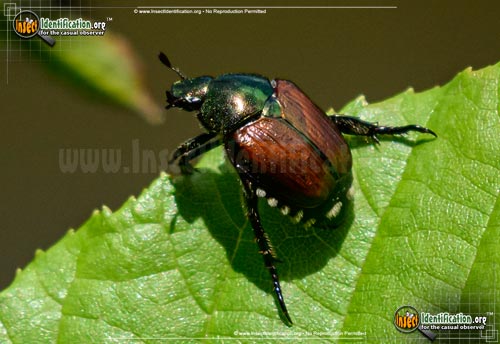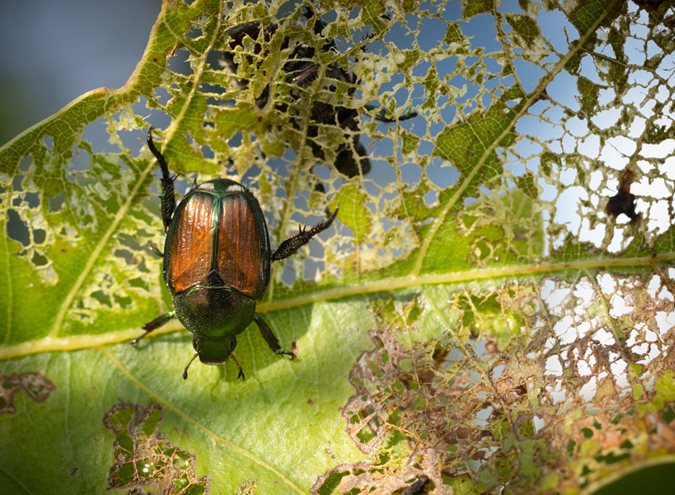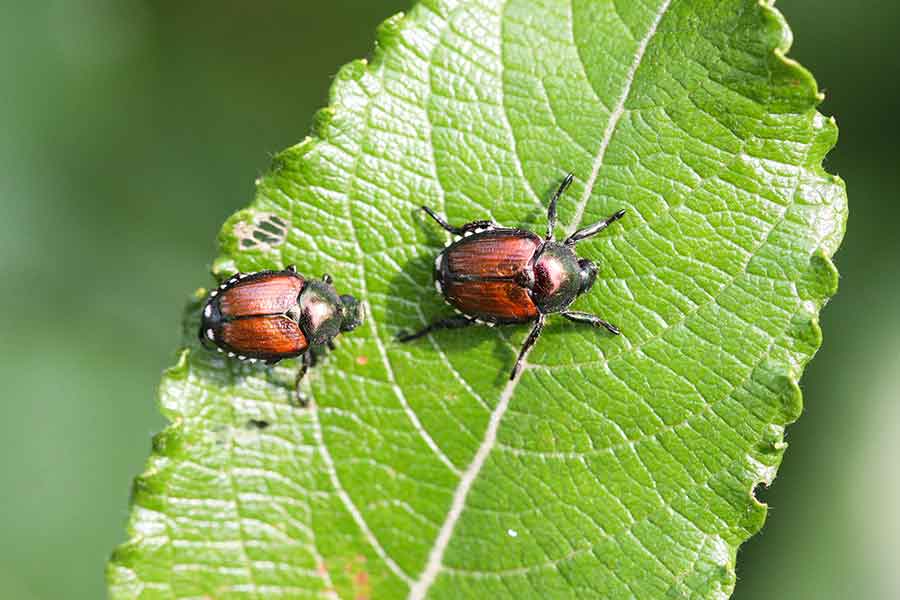japanese beetle life cycle wisconsin
Japanese Beetles Life Cycle Amazingly this year weve not. As its name implies Japanese beetles of the scarab beetle family are indigenous to Japan.

Japanese Beetle Wisconsin Vegetable Entomology
Adult beetles are most active on warm sunny afternoons.

. Late June through August or September. These grubs will begin to. Treatment may be justified for fields with three or.
First a quick review of the Japanese beetle life cycle so we know what were dealing with here. Ad Browse discover thousands of brands. Life Cycle of the Japanese Beetle The Japanese beetle has four stages in its life cycle two of which can be destructive to your lawn and garden.
The fly Istocheta aldrichi lays eggs on adult Japanese beetles in summer whereas the wasp Tiphia vernalis parasitizes grubs in the spring. Japanese Beetles are the number one pest plaguing yards and gardens across Wisconsin right now. Egg Larva Pupa Adult Japanese Beetle Eggs The eggs are white and oval and laid in the soil about 2 to 4 inches down where they can absorb moisture.
The adults you see now are feeding mating and laying eggs in turf grass. Most of the beetles life is spent underground only emerging in the adult phase we all know and loathe. Read customer reviews find best sellers.
Although both natural enemies became established here neither is very abundant and they have little impact on Japanese beetle populations. Life cycle Japanese beetles have only one life cycle per year. Japanese Beetles are the number one pest plaguing yards and gardens across Wisconsin right now.
All MayJune beetles in Wisconsin have three-year life cycles except for the widely distributed Phyllophaga tristis which has a two-year life cycle. To make the beetle spray mix 2 tsp. Once those eggs hatch.
Leaves of plants such as birch canna crape myrtles grapes hops linden trees rose bushes etc. Look the life cycle of the Japanese beetle is much like the cycle of many other beetles. In the summer around June or July full-grown beetles will lay eggs.
Published on July 23 2020 by vkast. Japanese beetles have only one generation per year. The adults emerge in mid-summer and especially like the hotter temperatures.
Liesch Director of the UW Madison Insect Diagnostics Lab will present everything homeowners need to know about this pest via YouTube Live on Monday July 27 from 200-300 pm. Adult beetles are most active in the. Japanese Beetles fly up to a half mile to find food so it is important that we not only kill the beetles that are in your yard at the time of treatment but also kill the beetles that will enter your yard long after the treatment is done.
Japanese Beetles are an invasive insect that first arrived in the Midwestern United States in the 1990s and they are unfortunately likely here to stay. Shortly after the egg will hatch and give rise to grubs. Damage usually becomes apparent in mid to late summer when the adults are active and feeding above ground.
Adult Japanese beetles feed on a. Adults typically begin to emerge in late June or early July around 1000 growing degree days see University of Wisconsin Garden Facts XHT1086 Degree Day Calculation and can be found into September. The life cycle of the Japanese Beetles consists of four stages of development called complete metamorphosis.
Japanese beetles have been reported this week feeding on corn silks and in one report kernels in southeastern Wisconsin. Two natural enemies of Japanese beetles have been released in Minnesota. The larvaegrubs feed on plant roots and the adults skeletonize plant foliage.
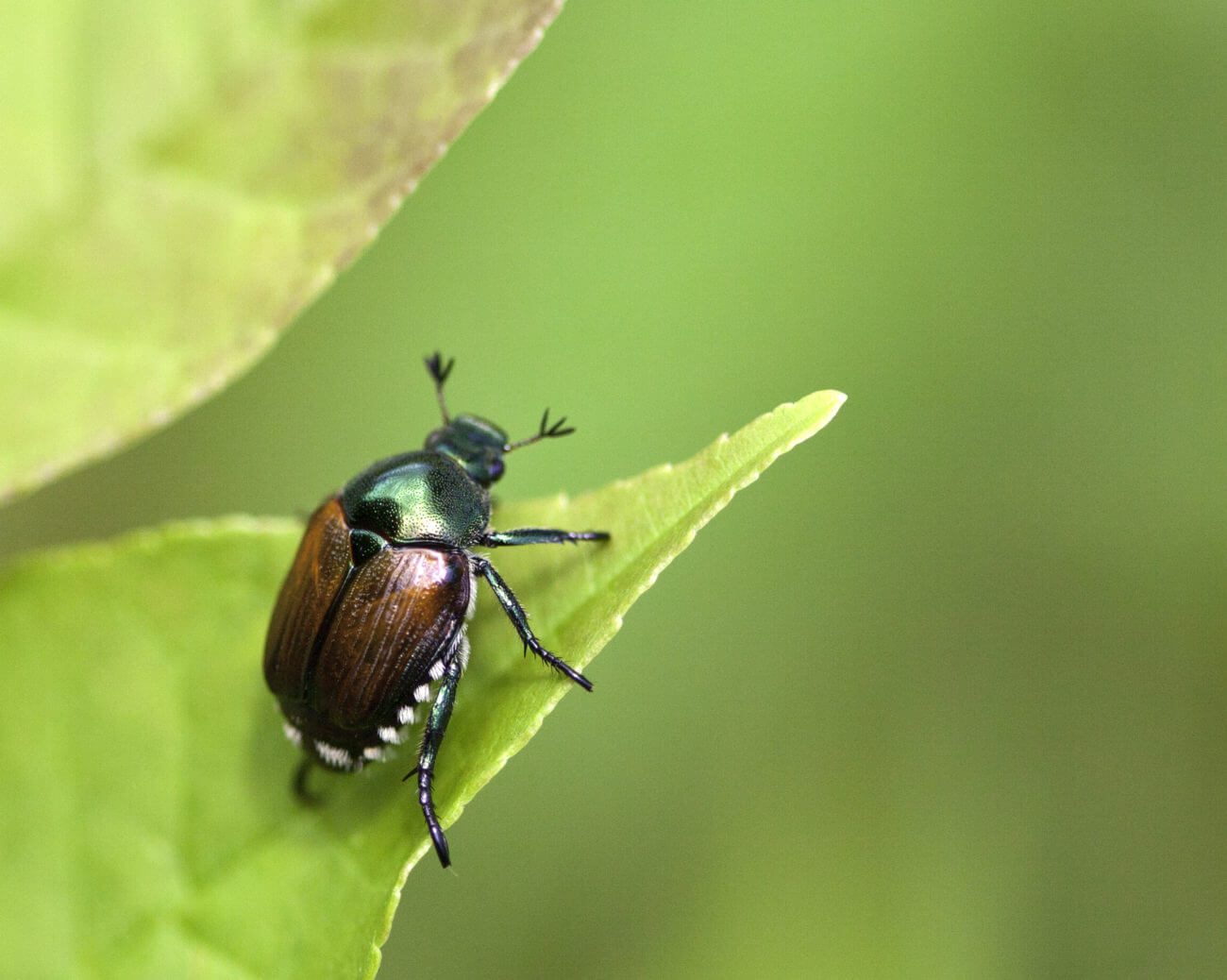
Japanese Beetle Soybean Pest Soybean Research Information Network Srin
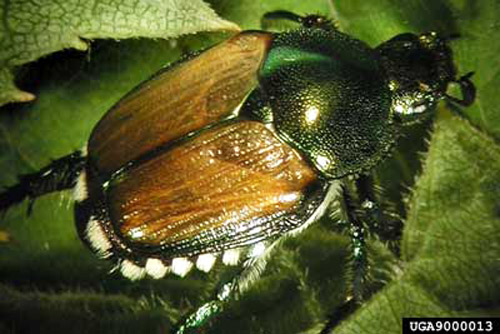
Japanese Beetle Popillia Japonica
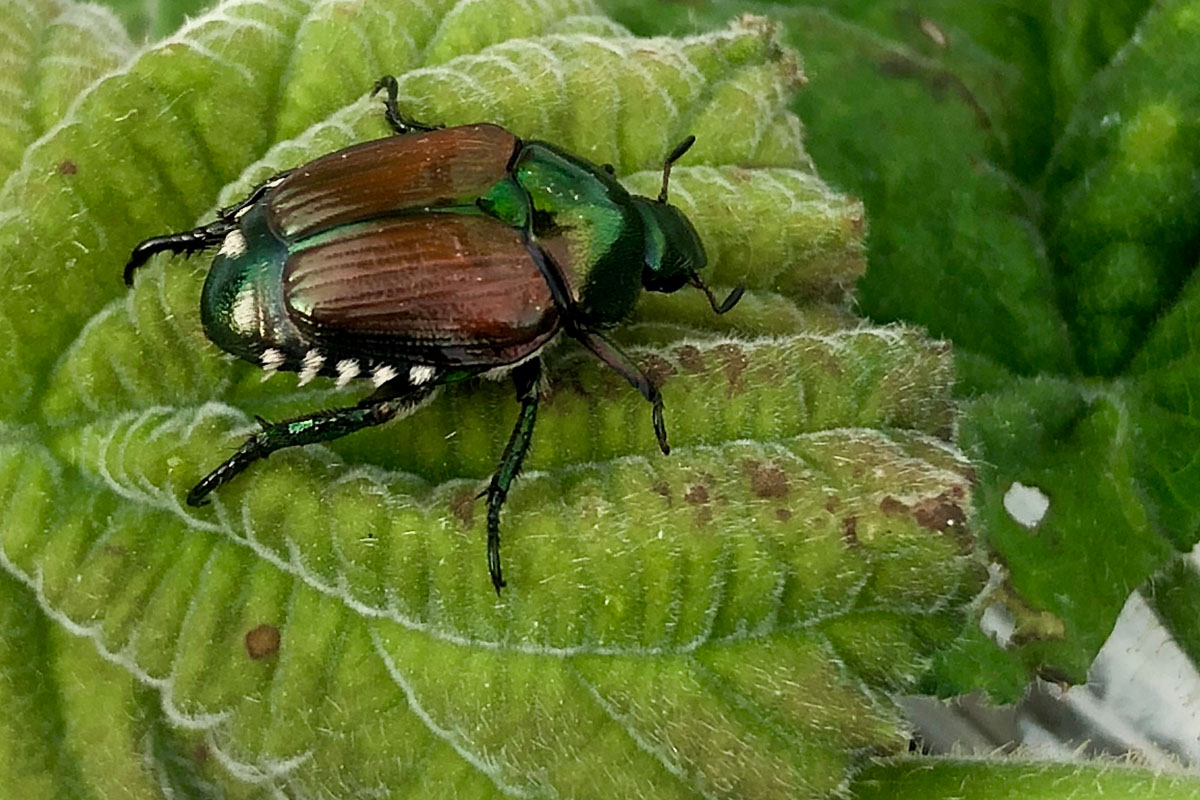
Japanese Beetle Control The Good Earth Garden Center

How Port Coquitlam Is Battling Japanese Beetles Burnaby Now

Information On Plants That Deter Japanese Beetles And Plants Japanese Beetles Avoid
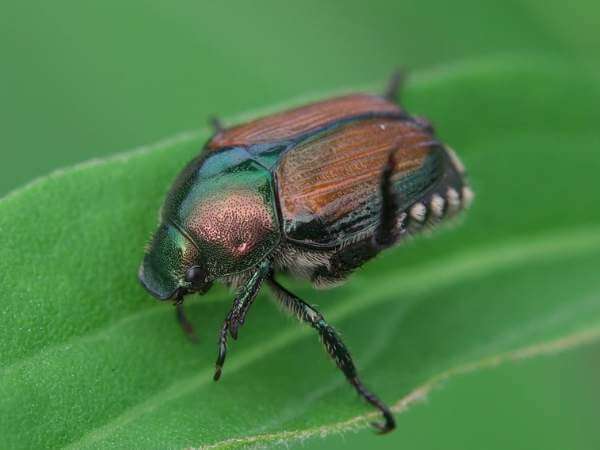
Japanese Beetle Control Get Rid Of Unwanted Pests In Milwaukee

Japanese Beetle Control The Good Earth Garden Center

Japanese Beetles 100 Years And Counting Insect Diagnostic Lab
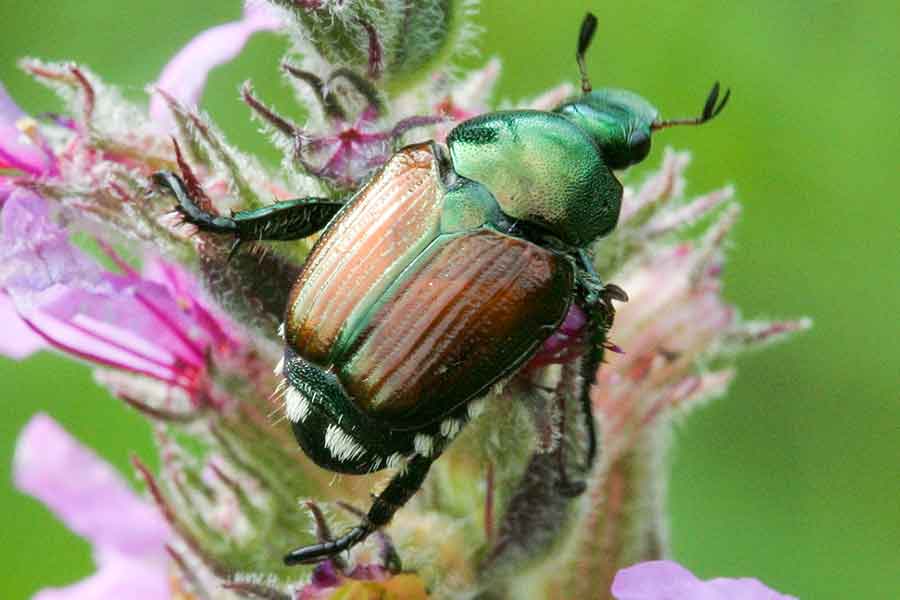
Japanese Beetle The Arbor Day Foundation
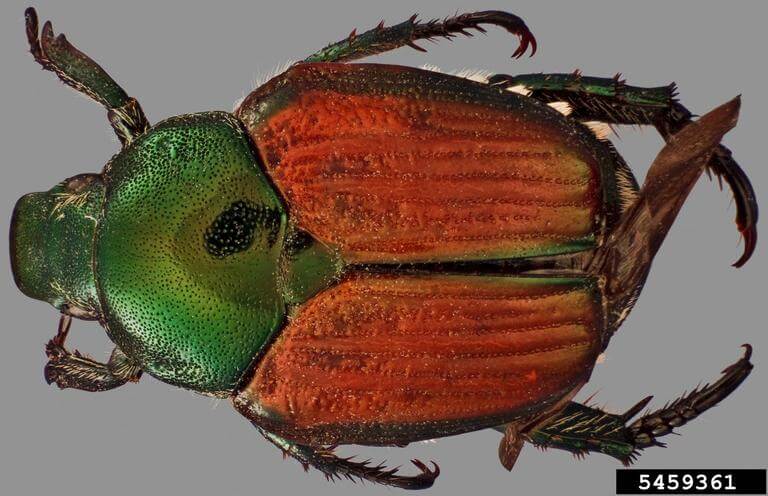
Japanese Beetle Soybean Pest Soybean Research Information Network Srin

Japanese Beetle Popillia Japonica
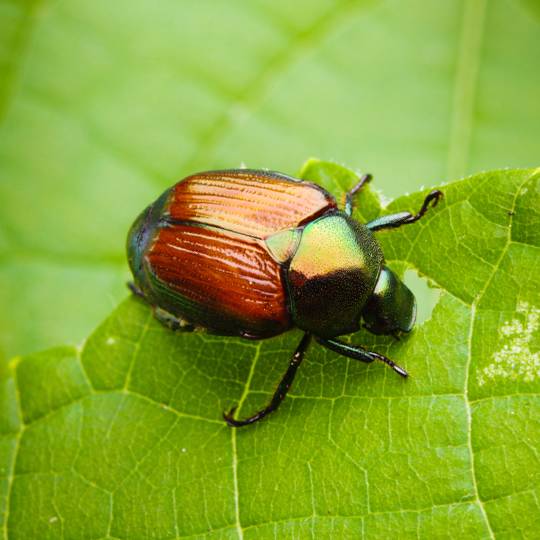
Japanese Beetles Signs And Prevention
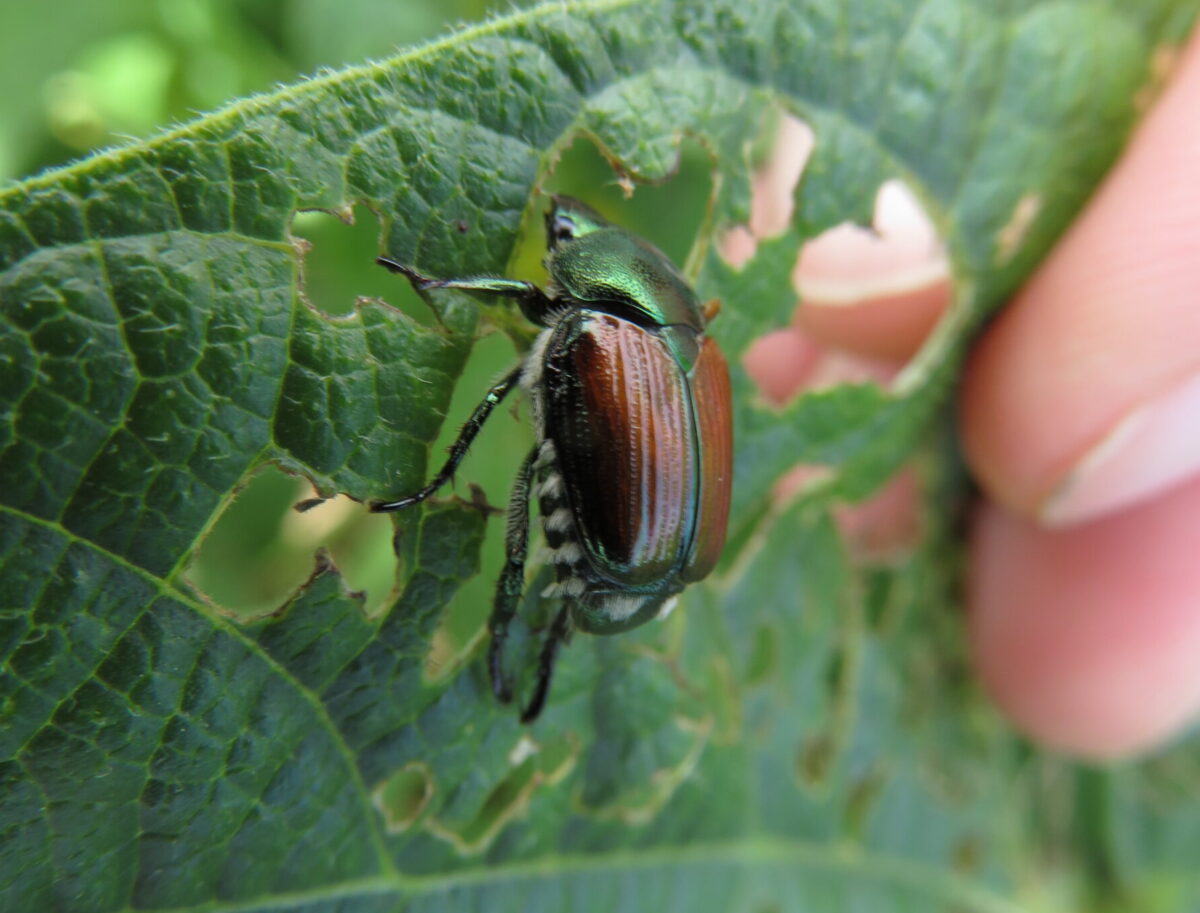
Japanese Beetle Dry Bean Agronomy
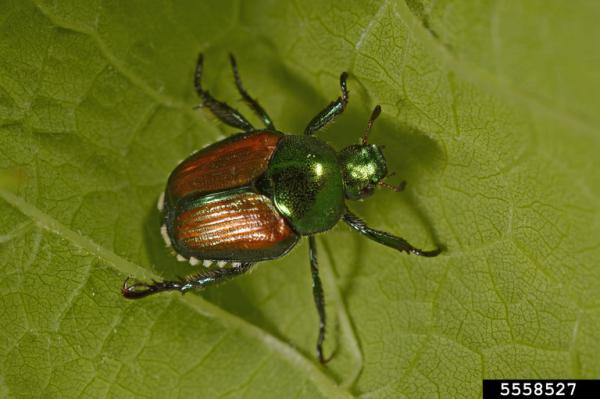
Japanese Beetle National Invasive Species Information Center

Managing Japanese Beetles In Vineyards Wisconsin Fruit
